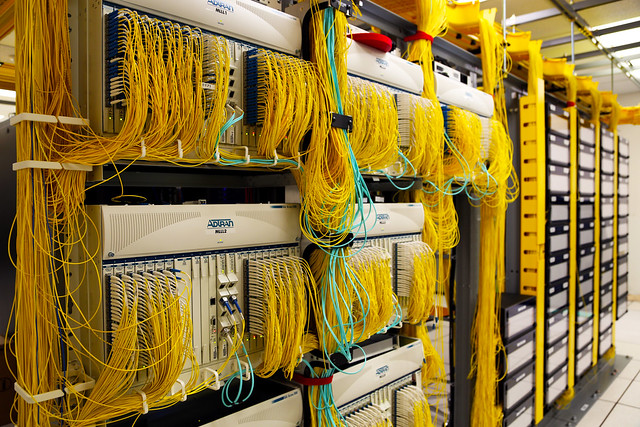
As you travel through Oregon, passing through scenic landscapes and small, picturesque towns, you may find it difficult to check your email or share that gorgeous photo on social media.
While many people today take internet access for granted, residents of Oregon’s rural and frontier counties face a very different reality. This digital divide affects countless aspects of everyday life, from paying bills to communicating with friends and family, from marketing a business to research a school paper.
Until a few months ago, the 418 residents of Maupin, Oregon, felt they were on the wrong side of this divide. Then Maupin completed a fiber optic broadband network that provides impressive speeds of 1 gigabit per second (Gbps).
Maupin is now one of the state’s most competitive communities when it comes to internet access. The improved e-connectivity has been a game changer for the town’s economic development, tourist industry, and ability to attract new residents.
Mayor Lynn Ewing said, “I’ve been receiving multiple calls each week from people wanting more information about Maupin as they consider moving their business here. Now that we have robust e-connectivity, people are saying they can realistically consider Maupin for their permanent residence. Now, it’s not just about survival; we are talking about economic development and growth.”
In eastern Oregon, the very small communities of Long Creek, Monument, Spray, Seneca, and Canyon City are following Maupin’s example. This week, I had the pleasure to announce that these towns—some of the most remote areas in the continental United States—will soon achieve the kind of e-connectivity that Maupin now enjoys.
Oregon Telephone Corporation will use a $6 million grant provided through USDA Rural Development’s ReConnect Pilot Program to extend its fiber optic network across an additional 242 square miles. This project will significantly improve the quality of life in Grant and Wheeler counties. Nearly 650 new customers will receive reliable high-speed internet access, including 418 households, 22 businesses, 22 farms, 3 schools, and 2 fire stations.
As Maupin has already demonstrated, providing state-of-the-art e-connectivity can help a struggling rural town attract new businesses, provide professional opportunities, enable local entrepreneurs to compete on the global stage, and improve educational opportunities. These remote communities in eastern Oregon are taking a significant step toward ensuring their prosperity for decades to come. Their success is an important achievement for all of Oregon because when rural America thrives, all America thrives.


